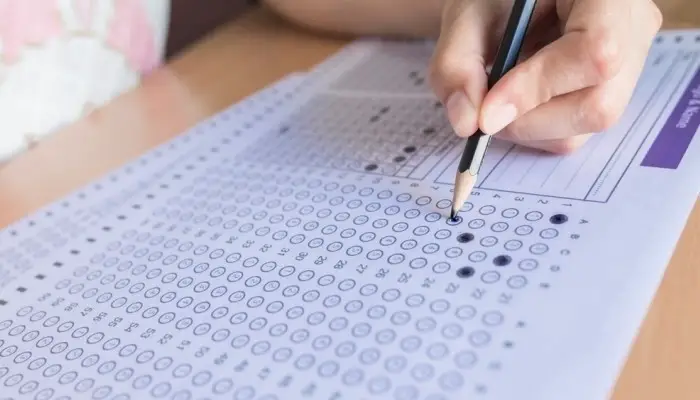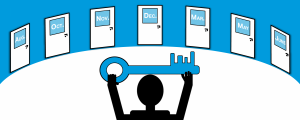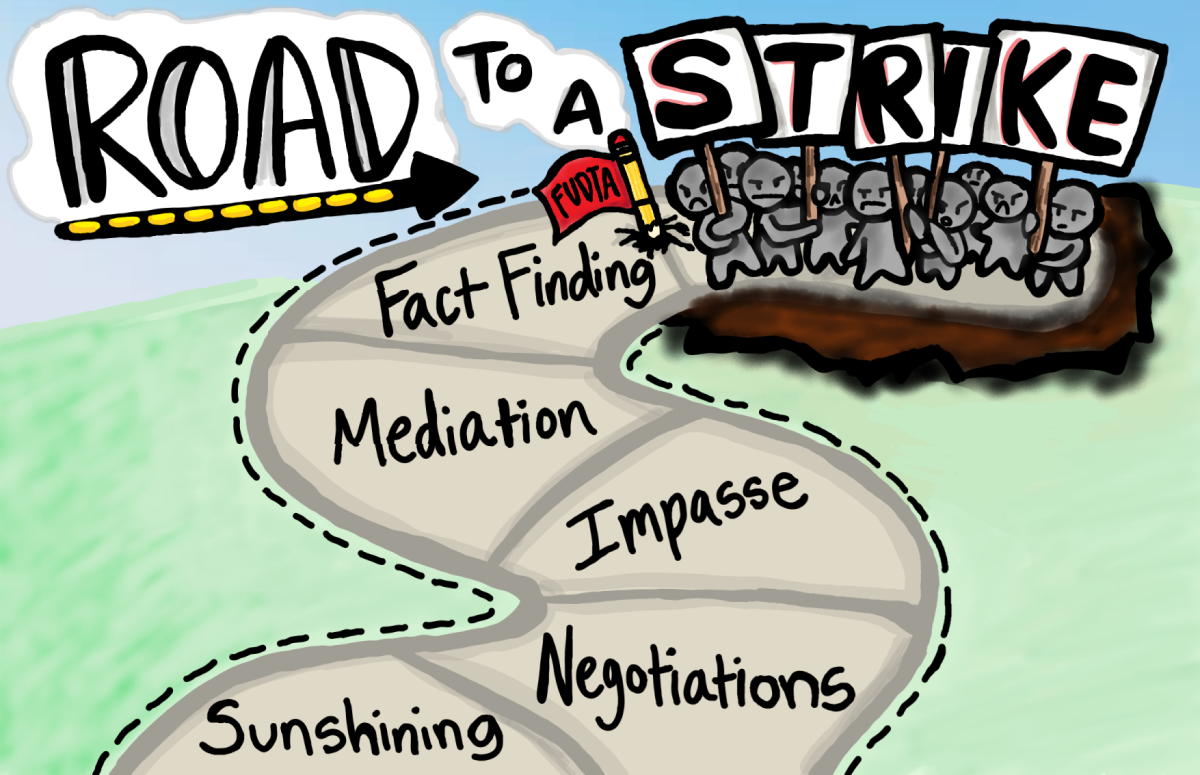Testing Changes Affect Students in More Ways than Just Academics
October 8, 2020
Recent SAT changes have not only made the college application process more difficult but have also put more stress on students to perform better. It removes some incentive for them to work harder and come as a big blow to many planning to take the test. A completely unprecedented change that comes as a great shock to many, the decision has not been taken seriously enough, considering the plight of many students. The pandemic has put a great deal of stress upon many already and making SAT tests optional further complicates the situation. With a greater number of students competing to get into top colleges and the growing need to have a diversified application, the SAT is still needed by many and is a major factor into the application process.
The changes put students who are currently studying for the test or studied for it at a serious disadvantage. According to CollegeBoard, more than 2.1 million students in the class of 2018 took the redesigned SAT, an increase of 25% over the class of 2017 According to Chegg, students need to put in at least 50-60 hours for the SAT. However, this is assuming that they start a score like 1350-1400. Many start lower than this score, which could mean putting more than 100 hours into studying.. In the table below, you can see in detail how much students spend on the prep material as well. This data shows that they could spend up to $8000 if they need a lot of support and do not have much time! Although some students use books and carve out their own time, it is not possible for everyone. According to Collegeboard, a majority of students take the SAT in the junior year- the most important and turbulent year of high school. Therefore, they might not have time to sit down and study a couple of hours a week. This is why some use prep classes in summer or on breaks to get some intensive studying done. Recent changes come at a huge blow to these students, who invested money and time into their future and now cannot use it. Now that UC’s have even voted to not consider the test in application processes, and over 80% of centres since August have cancelled tests due the pandemic, students are more discouraged now more than ever to even take the test. It seems that studying for it is completely irrelevant considering that unpopularity of the SAT has hiked since the day it was made optional.
| Type of SAT Prep | Budget Type | Price Range | Cost For 40 Hours of Prep |
| Self-Guided Study Guides | Inexpensive | $0-$50 per book | $0-$200 if you use multiple books to prepare |
| Online Programs | Moderate | $100-$1400 per course | $100-$2800, depending on the length of each course |
| In-Person Courses | Expensive | $800-$1800 per course | $800-$3600, depending on the length of each course |
| One-On-One Tutoring | Expensive | $40-$200 per hour | $1600-$8000 |
Source: (SAT Table)
Secondly, college applicants lose a possible edge that they had and now have to work harder and take on more load to compensate for it. New York Times reports that half of today’s high school students have an A- average! It feels like getting an A puts you ahead of the competition, but this data says that you might just be on par with most. This is further complicated by the fact that an A from a school that offers honors and APs is a lot more valuable than from one that only has common placement classes. These unfair distinctions are a result of socioeconomic bias, which can be overcome with democratic, standardized testing. Yes, one can debate some aspects of the process through which students study for the test, but it is incorrect to say that the exam hall is biased. Once inside the exam hall, no one gets extra time or resources unless it is to make the environment fair (special needs,etc.) Your result is based off of how much work you did. Students from backgrounds like these can really struggle in the application process. Even students, who don’t have the best grades and classes, from elite schools and top-performing ones can barely use the advantage of the SAT. This would ensue in them taking more classes, more tests, and putting more stress into themselves. It is seriously flawed and can be easily avoided but in the end, it is us students who will have to work more.

It can be argued that the SAT levels the playing field for disadvantaged students and those from poor backgrounds. But, examining this statement further, the biggest issue that these students have is that they cannot afford the resources to study for the SAT and cannot afford to take it. National Centre for Education Statistics says that in 2015, 94 percent of children ages 3 to 18 had a computer at home and 61 percent of children ages 3 to 18 had internet access at home. The percentages of children with computer and internet access at home in 2015 were higher for children who were older. This data shows that many low-income students do in fact have access to the internet both at home or school. The internet itself has so many programs to study for the SAT like KhanAcademy, free full tests online, and Collegeboard’s 1000 page SAT book offering tips and tricks, available as a free PDF. Collegeboard offers two free tests to these students in the form of waivers. Students from these backgrounds do have the opportunity.
In conclusion, the decision to make the SAT optional impacts students in a way that could decide their future. It’s not a good idea to eliminate an exam that has been in play for so many years and has put several students in top-tier colleges as a return of their hard work and persistence. With the elimination of the exam, students, especially from junior and senior year, have to work harder and take more activities to help boost their resume. This puts more stress on them in a time where everyone is already burning out. Perhaps, the SAT could be re-evaluated and tweaked but this hasty decision is going to cost high-schoolers much more than expected.










